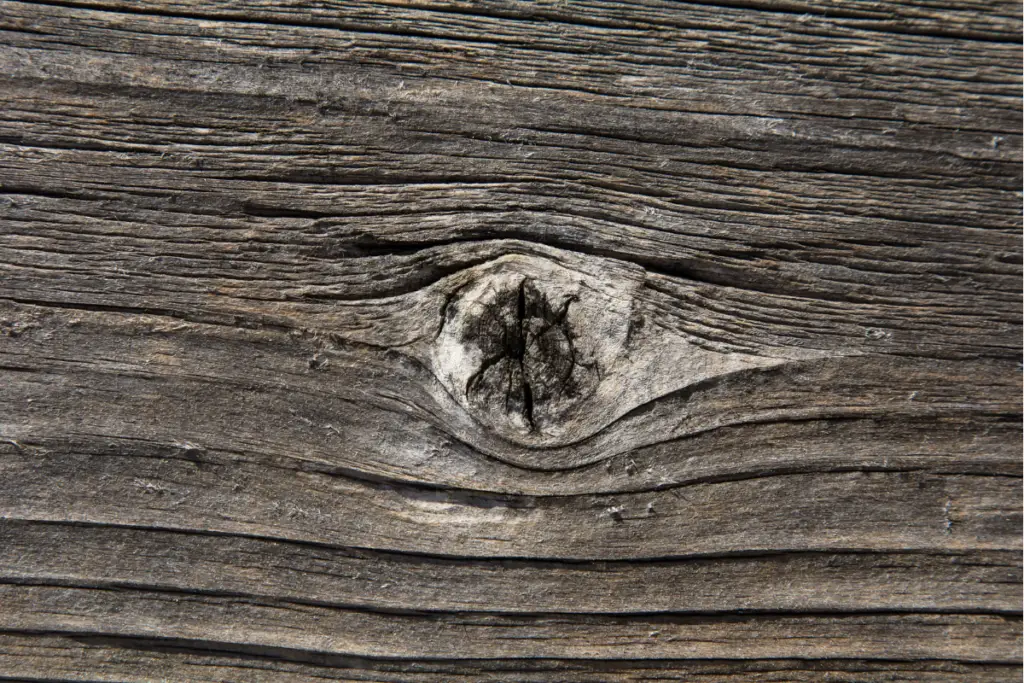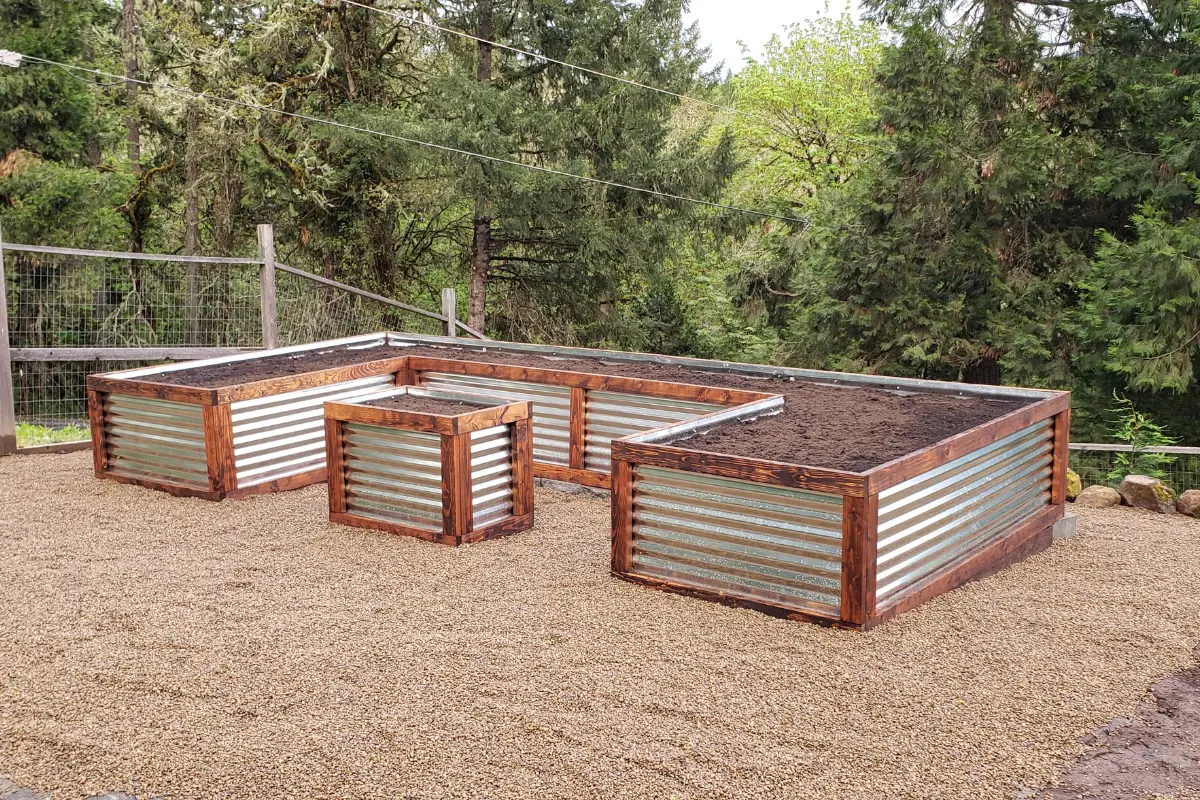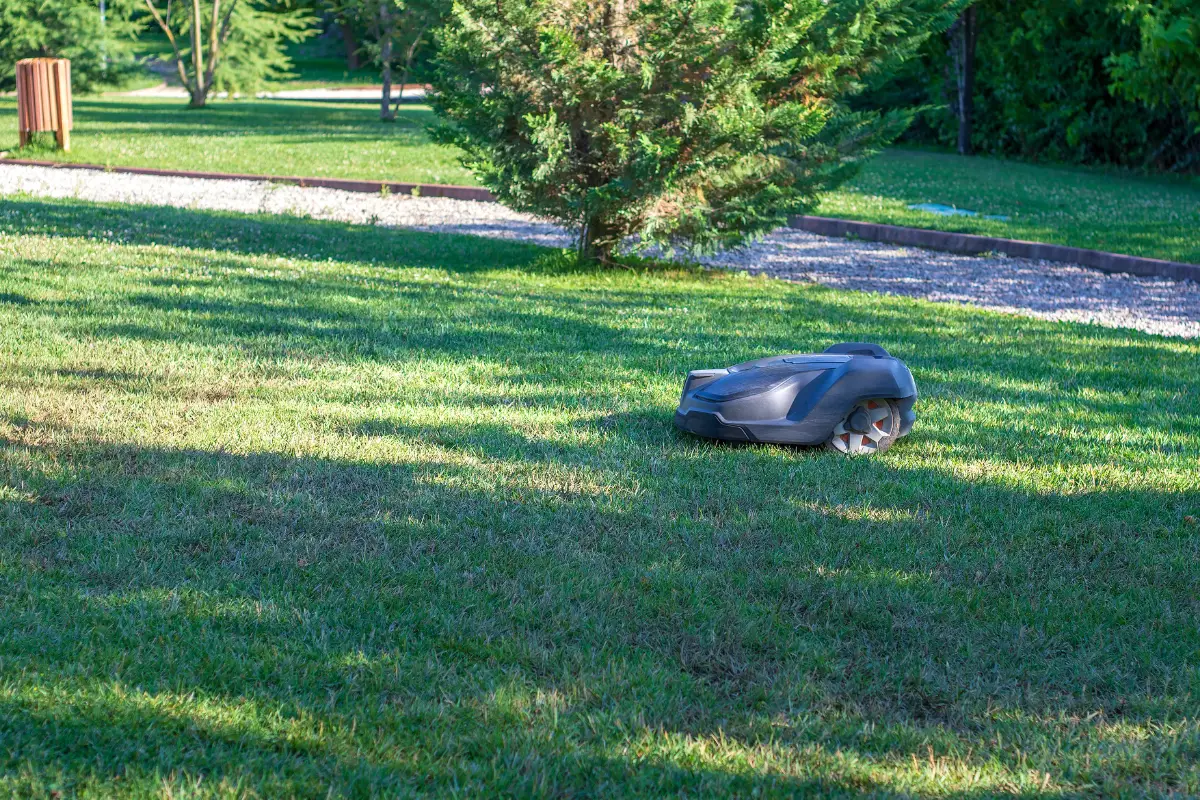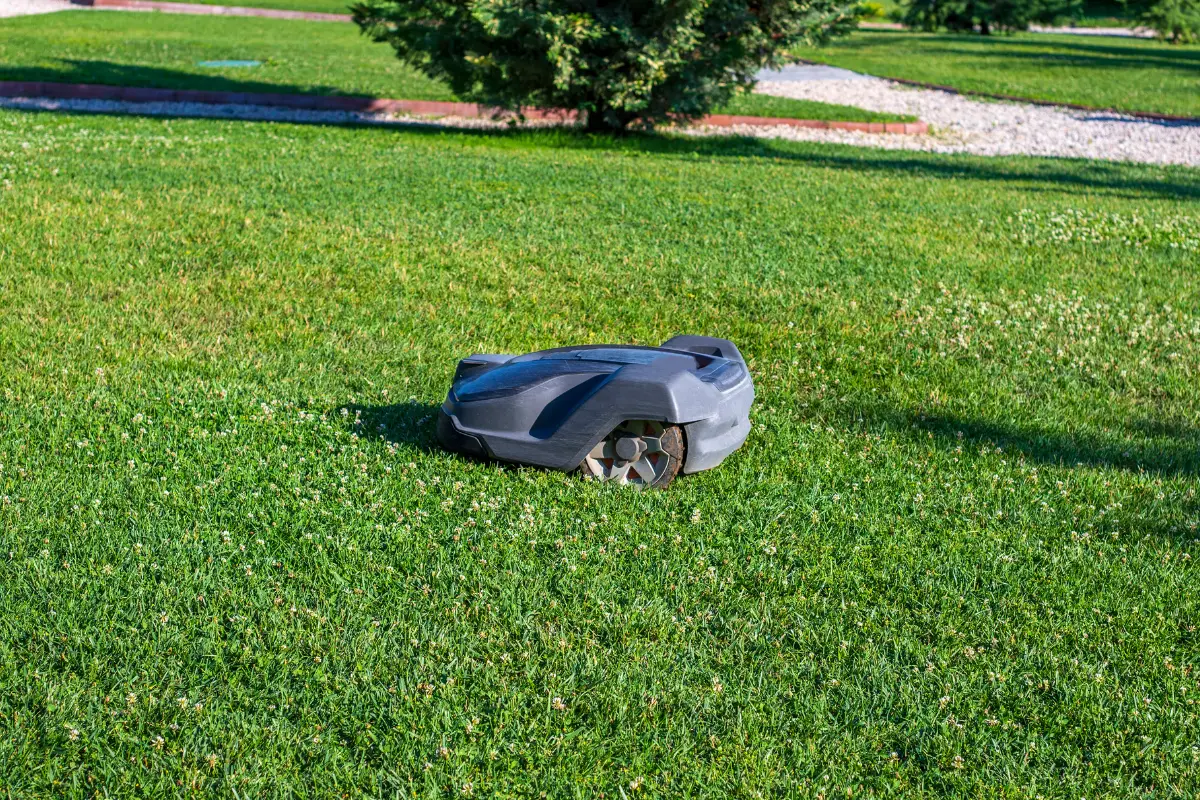Wood knotting is a common occurrence in many types of wood, especially in softwood species such as pine and spruce.
Knots are the result of branches that grow from the trunk of a tree, and when the wood is cut into lumber, these knots become visible on the surface.
While knots can add character and beauty to wood, they can also cause problems when it comes to woodworking and finishing.
Knots can be difficult to work with, as they are often harder and denser than the surrounding wood, and they can also be prone to cracking and splitting.

In addition, knots can also affect the appearance of wood when it is finished. If left untreated, knots can bleed through paint or stain, causing unsightly discoloration and ruining the overall look of the wood.
Table of Contents
Identify The Type of Knot
There are several types of knots that can occur in wood, each with its own characteristics and challenges. Some common types of knots include:
- Pin knots: small, round knots that are less than 1/2 inch in diameter
- Sound knots: knots that are solid and firmly attached to the wood
- Dead knots: knots that are loose or partially decayed
- Encased knots: knots that are surrounded by a ring of sound wood
Identifying the type of knot you are dealing with can help you determine the best way to work with it.
Remove Loose or Decayed Knots
If you are working with wood that has dead or partially decayed knots, it is important to remove them before you begin any woodworking or finishing.
Use a chisel or other sharp tool to carefully cut away the knot, being careful not to damage the surrounding wood.
Filling In Sound Knots
Sound knots can be filled in with wood filler to create a smooth surface that can be painted or stained.
Choose a wood filler that matches the color and texture of the surrounding wood, and apply it carefully to the knot using a putty knife.
Seal Knots With Shellac
To prevent knots from bleeding through paint or stain, it is important to seal them with a coat of shellac before finishing. Shellac is a natural resin that dries quickly and provides a good barrier against knot bleed-through.
Apply a thin coat of shellac to the knot using a brush or spray gun, and allow it to dry completely before applying any additional finish.
Use Knotting Solution
Another option for preventing knot bleed-through is to use a knotting solution. Knotting solution is a type of primer that is specifically designed to seal knots and prevent them from bleeding through paint or stain.
Apply a thin coat of knotting solution to the knot using a brush or roller, and allow it to dry completely before applying any additional finish.
Plan Your Woodworking Around Knots
If you are working with wood that has a lot of knots, it may be helpful to plan your woodworking around them.
For example, you can use knots as decorative elements in your project, or you can avoid them altogether by cutting around them or using wood with fewer knots.
Conclusion
In conclusion, wood knotting is a common occurrence in many types of wood, and it can cause problems when it comes to woodworking and finishing.
However, with the right tools and techniques, you can deal with wood knots and prevent them from ruining the look of your finished project.
By identifying the type of knot, removing loose or decayed knots, filling in sound knots, sealing knots with shellac or knotting solution, and planning your woodworking around knots, you can create beautiful, high-quality wood projects that are free from knot bleed-through and other problems.
- How to Build a Planter Box for Bamboo: A Step-by-Step Guide

- Can Robotic Lawnmowers Handle Steep Slopes?

- Do You Need a Specific Lawn for a Robotic Lawnmower? Expert Advice

- Are Robotic Lawnmowers Safe for Pets and Children? Safety Features of Robotic Lawnmowers

- Why Use Robotic Lawnmowers? Advantages of Using a Robotic Lawnmower

- Is the GARDENA SILENO City 300 Cordless or Corded? A Clear Answer














